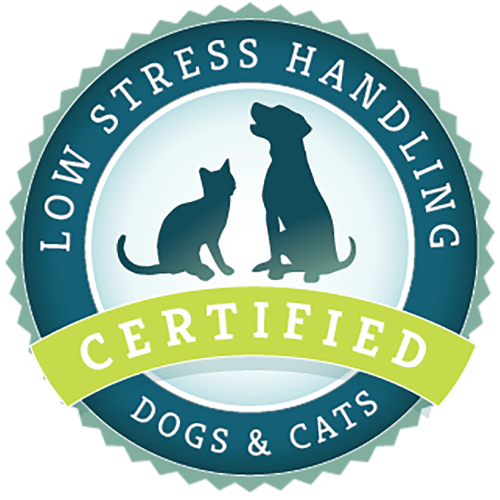What article are you looking for?
Category: I am a Shelter Worker
A Workshop for Reactive Dogs: It’s All About Technique and Timing
Once the owners have made the subtle but important changes to their technique and are getting better responses in their dogs, we work on using the exercises with distractions—the distraction that they actually react to OR any known distraction that they can handle. The goal is to present the distraction at a level that the dog-handler team can handle and then work in progressively more difficult distractions.
Reactive Dog: Moving Past Distractions on a Walk
Angry Dog Question: My dog loves to jump on people and dogs who pass by. He’s friendly, but often dogs and people aren’t appreciative. Once he even tripped a jogger. He’s ok if we can get 10 feet away but sometimes we can’t get far away. What should we do? Answer: If you already know the patterns for keeping your dog focused on you and can perform these in the presence of distractions relatively close by, you’re 80% there. Here are examples of how you can apply these exercises to situations where you see a human or dog approaching on
Reactive Dog: Foundation Exercises for Your Leash-Reactive Dog
Question: My dog knows how to walk on leash but when he sees a cat that he wants to chase or a dog he doesn’t like, he goes bonkers, lunging and barking, and I can barely control him. I try to use treats to get his attention but it doesn’t work. Is there anything else I should do? Answer: You might think the answer is that if you try treats and they don’t work you should move to a method that’s more severe, such as yanking with a choke chain or pinch collar or something so aversive that it makes
Adopting a Dog: Some Dogs are Easier Than Others
Have you heard this statement from so many people that it seems like it’s an epidemic? “We had a Labrador mix when I was a kid and he was perfect. How come our new dog is so much harder? Is it the inbreeding?” Or does the statement go more like this, “We got Lucky from the shelter and she’s so calm. Then we adopted Nero 2 years later as a playmate for her. He’s the same breed and age that she is, but he’s just hyper and crazy! We don’t know what to do with him! The problem here is
Training Pups and Adult Dogs to Heel: Repeat Sits on the Left Side
One of the major issues with teaching dogs to walk well on lead is that they want to rush ahead to see the sights. Walking next to you, and especially stopping to wait, is boring to them compared to exploring. How do we remedy the situation? We make sticking next to you and stopping a fun game—one that’s as exciting as the people, sounds and smells on a walk. In this blog, we’ll do this by working on an exercise I call “Repeat Sits on the Left Side.” I’ll show two variations—one with a lure and one with what I
Walking on Loose Leash, Part 4: Going Back to Heel Position
Frequently, when you want to start your walk, or at other times, you need to get your dog back to your side. Here is quick and simple way to teach it. In this exercise, ultimately you will be able to just say “heel” or position your shoulders the correct way and your dog will go back to your left side (or right side if she heels on the right side). For instance, Lucy, the dog pictured below, knows that if I step back with my left leg and turn my left shoulder away from her she should go back to

Low Stress Handling® Silver-Level Certification
Individual Certification at this level demonstrates to clients and employers the individual’s dedicated interest in Low Stress Handling®. Hospital Certification at this level demonstrates to clients and staff the hospital’s commitment to appropriately training staff in Low Stress Handling® methods.
Learn More
